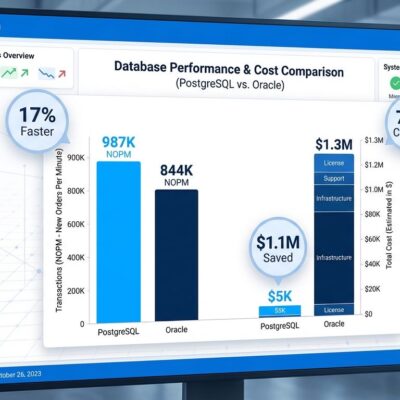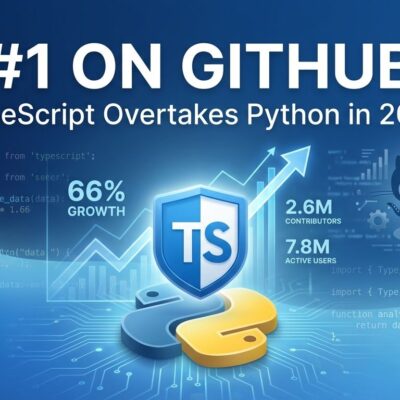
Anthropic launched Computer Use API on October 22, 2025, enabling Claude to control computers through screenshots and GUI interactions—the first major AI model with native computer control capabilities. Unlike text-based APIs, Claude can now see your screen, move the mouse, click buttons, and type text to automate workflows ranging from QA testing to data entry across any application.
The Computer Use API operates via a screenshot-action loop: Claude receives screen images, analyzes the UI using vision capabilities, and outputs structured actions like mouse_move(450, 200), left_click(), or type(“search query”). These actions get executed by automation tools like PyAutoGUI, and the cycle repeats until the task completes. Average latency per action: 3-4 seconds.
The platform-agnostic approach is the real advantage. Unlike DOM-based automation tools like Selenium or Playwright, this API works with any application—desktop software, legacy systems, or browsers—as long as you can screenshot it. No traditional API required. This fills gaps where programmatic access doesn’t exist, particularly for enterprise software built before APIs were standard.
Here’s the basic API structure:
Companies including Replit, Canva, and Asana are testing Claude’s computer control for QA automation, design workflow assistance, and task management. Replit is experimenting with internal dev tool automation—having the AI navigate IDEs, run tests, and verify outputs. Meanwhile, Canva explored it for an “AI design assistant” that could navigate their UI on users’ behalf.
However, Canva found current error rates (around 15% on complex workflows) too high for production. The sweet spot emerging: QA testing automation. Teams can execute test plans by describing scenarios in natural language instead of writing Selenium scripts. Furthermore, the system adapts to UI changes automatically, making it valuable for exploratory testing where scripted automation doesn’t exist yet.
The catch: Production-grade adoption is still months away. The technology works for prototyping and one-off tasks but isn’t replacing established automation frameworks anytime soon.
Giving AI control of mouse and keyboard raises obvious security risks. Claude can read anything on screen—passwords in terminals, API keys in browsers, sensitive data in applications. Malicious prompt injection could trick the system into extractive actions (copying credentials, sending data elsewhere). Additionally, misinterpreted instructions can trigger unintended consequences.
Anthropic’s recommendation: Always sandbox in Docker containers with limited permissions. Never run with admin privileges. Avoid displaying sensitive information on screen during automation. Security researchers flagged this immediately—on Hacker News (1,200+ upvotes), developers questioned whether the convenience justifies the exposure.
If you’re running this on your production machine with access to company data, stop. The Docker setup Anthropic provides exists for a reason. Use it.
The Anthropic Computer Use API achieves ~85% success on simple tasks (1-3 steps) but drops to 40-60% on complex multi-step workflows. On the OSWorld benchmark for computer tasks, Claude 3.5 Sonnet scored 14.9%—double the previous best model (GPT-4V at 7.8%) but far below the human baseline of 75%. That’s “beta” quality, not production-ready.
Latency is brutal: 3-4 seconds per action compared to 0.1 seconds for Selenium. For a 10-step workflow, this system takes 30-40 seconds. Selenium finishes in 1 second.
The cost difference is worse. This API runs ~$0.10-0.30 per minute due to screenshot token overhead (each 1080p image costs ~1500 tokens). Selenium scripts cost $0.001 per minute. For a 10-minute workflow: Computer Use = $2-3, Selenium = $0.01. That’s 100x more expensive.
The hype says this replaces automation. The costs say it’s for specific use cases only.
Anthropic’s Computer Use opens a new category of AI agents that can truly act, not just advise. But the gap between fascinating demo and reliable automation is wide. For now, use it where setup time exceeds API costs, and always—always—run it in a sandbox.












